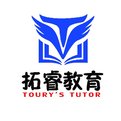
To follow exciting content, please click here first~
1. Needle Insertion Direction
Clinically, the needle is generally held in the right hand, with the thumb, index, and middle fingers gripping the needle handle, resembling the grip of a brush. The needle is inserted into the acupuncture point, hence the right hand is referred to as the “insertion hand”; the left hand is used to press or assist in stabilizing the needle, thus called the “supporting hand”.
1. Single-Hand Needle Insertion Method
2. Double-Hand Needle Insertion Method
(1) Finger Cutting Insertion Method;
(2) Clamping Insertion Method;
(3) Relaxation Insertion Method;
(4) Pinching Insertion Method;
(5) Rapid Needle Flicking Method.
3. Needle Tube Insertion Method
2. Direction, Angle, and Depth of Needle Insertion
1. Needle Insertion Direction
(1) Determine direction based on the meridian pathway;
(2) Determine direction based on the characteristics of the acupuncture point;
(3) Determine direction based on treatment needs.
2. Needle Insertion Angle
|
Angle |
Concept |
Indications |
|
Perpendicular Insertion |
The needle is inserted at a 90° angle to the skin surface |
Most acupuncture points on the body |
|
Oblique Insertion |
The needle is inserted at approximately a 45° angle to the skin surface |
Shallow muscle areas or points with important internal organs, or points unsuitable for perpendicular or deep insertion. |
|
Horizontal Insertion (Lateral Insertion, Along the Skin) |
The needle is inserted at approximately a 15° angle or smaller to the skin surface |
Acupuncture points in areas with thin skin and little flesh, such as points on the head and chest. |
3. Needle Manipulation Techniques
1. Definition
Needle manipulation, also known as needle operation, refers to the techniques used after the needle is inserted into the acupuncture point to elicit a sensation in the patient, adjust the intensity of the needle sensation, and facilitate the transmission of the sensation in a specific direction. Needle manipulation techniques include basic techniques and auxiliary techniques.
2. Basic Techniques
Lift and Thrust Method, Twisting Method
3. Auxiliary Techniques
Circling Method, Flicking Method, Scraping Method, Shaking Method, Flying Method, Vibrating Method
4. Obtaining Qi
1. Concept
Obtaining Qi, historically known as “Qi Arrival” and recently referred to as “Needle Sensation”, refers to the sensation experienced when the needle is inserted into the acupuncture point to a certain depth and specific needle manipulation techniques are applied to elicit a response from the meridian Qi.
2. Significance of Obtaining Qi
(1) Whether Qi is obtained and the speed of obtaining it are crucial for achieving therapeutic effects from acupuncture.
(2) Obtaining Qi is the foundation and prerequisite for applying tonifying and dispersing techniques.
(3) The presence or absence of Qi and the speed of obtaining it can also assist in assessing the severity of the condition and prognosis.
5. Tonifying and Dispersing Techniques with Fine Needles
1. Simple Tonifying and Dispersing Techniques

2. Complex Tonifying and Dispersing Techniques
Burning Mountain Fire, Passing Through the Sky Cool.
3. Factors Affecting the Tonifying and Dispersing Effects of Acupuncture
(1) The functional state of the patient;
(2) The relative specificity of the acupuncture point’s function;
(3) The selection and application of acupuncture techniques.
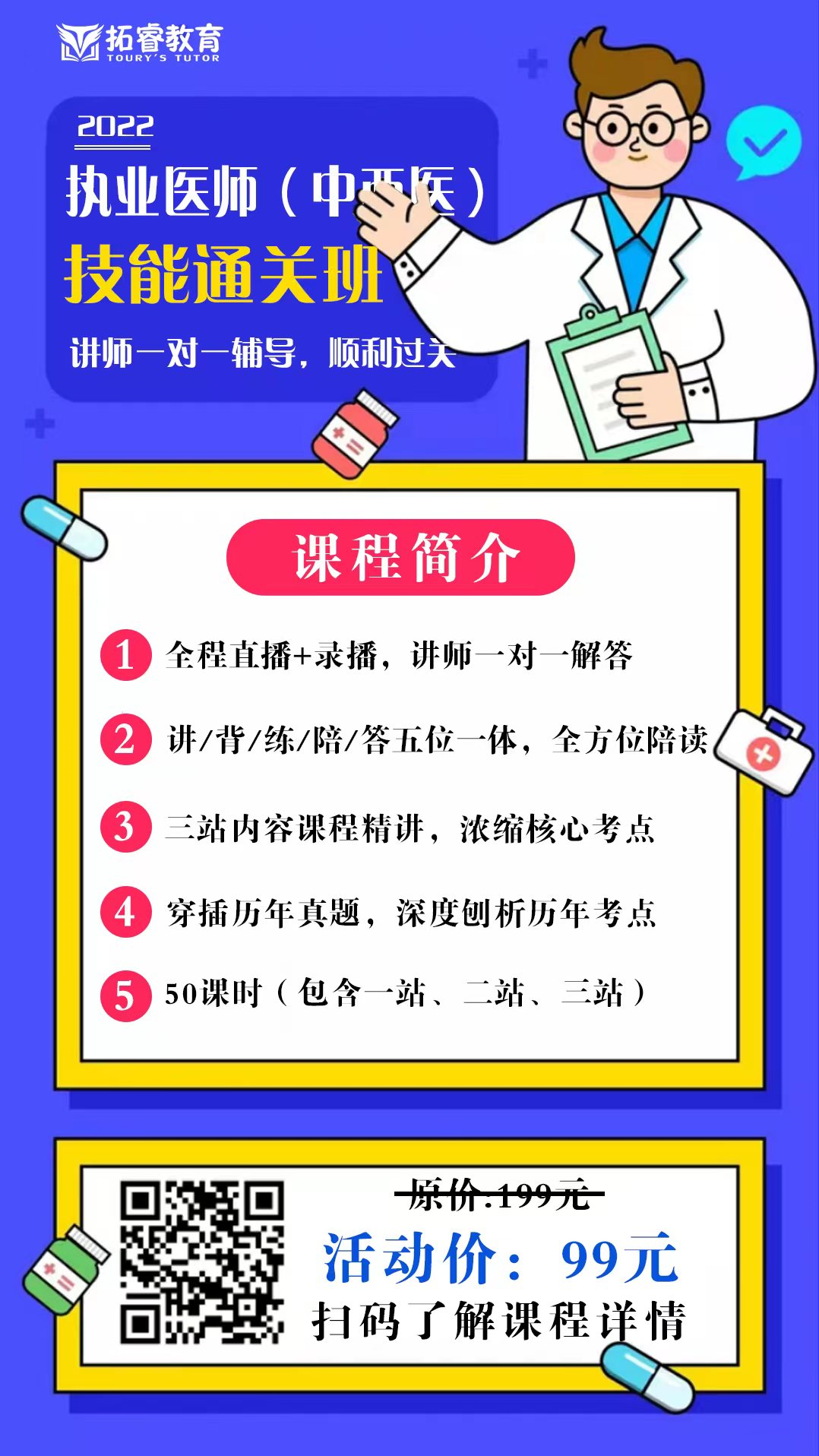
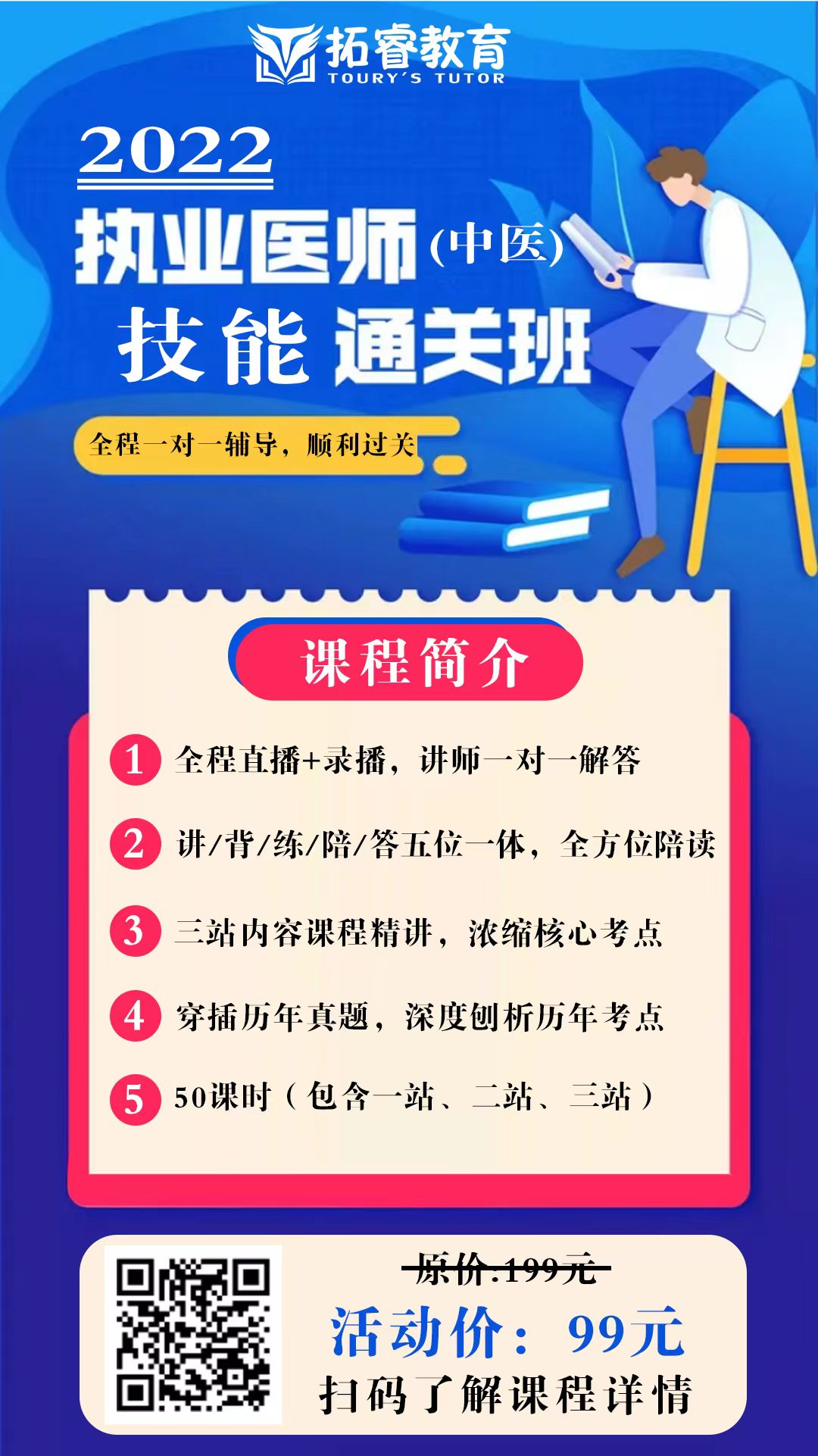
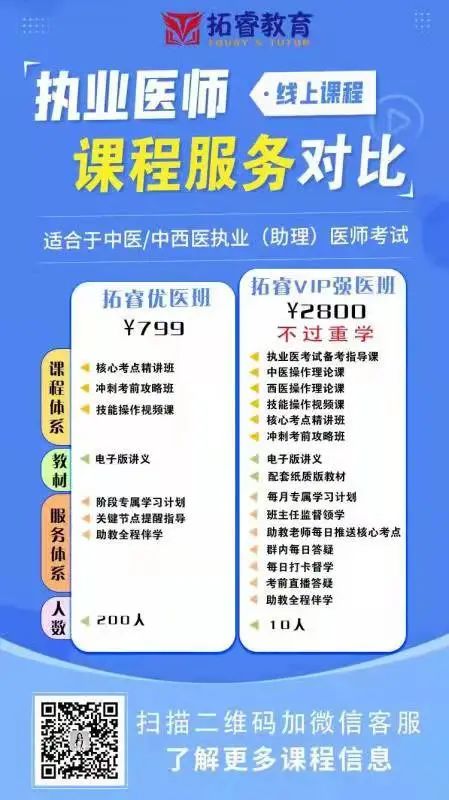
Previous Recommendations
Practicing Physician Formulas Recitation || Dryness-Relieving Formulas
Practicing Physician Chinese Medicine Recitation || Damp-Resolving Herbs
Practicing Physician Formulas Recitation || Damp-Expelling Formulas
Practicing Physician Chinese Medicine Recitation || Wind-Damp-Expelling Herbs
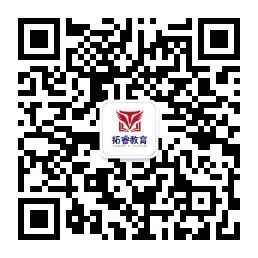
Tuorui Medical Exam
Focusing on the Chinese Medicine Practicing Physician Examination
I know you are watching~


